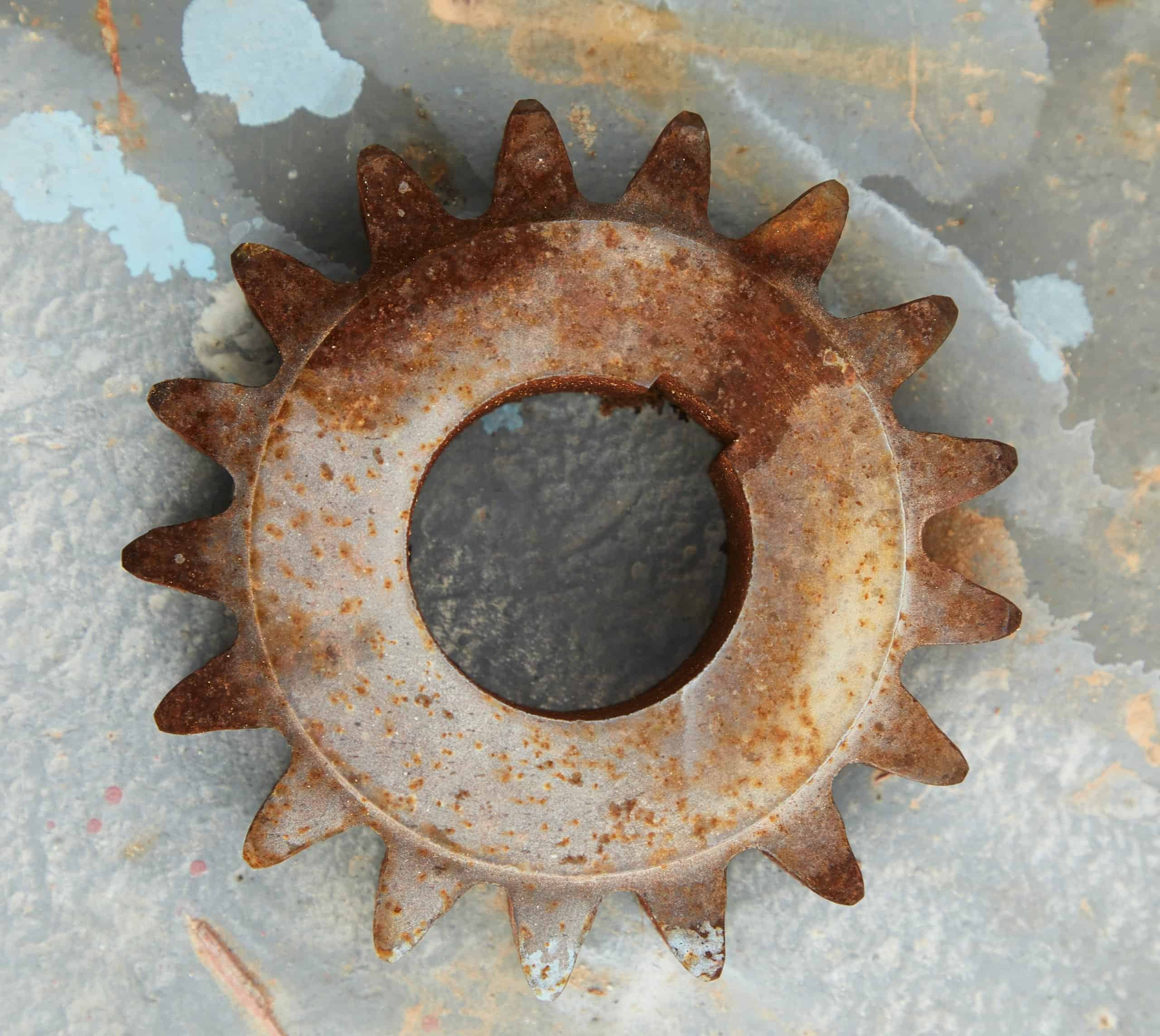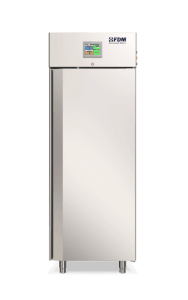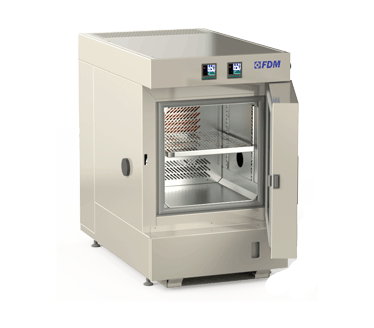
Nowadays, testing the corrosion resistance of materials in a climatic chamber is a fundamental process in the industrial field, as it certifies the duration and quality of the final product.
Many materials, including all metals and their alloys, are subject to the risk of corrosion and their spread in industry and in everyday life makes this type of test very crucial.
But to fully understand the reason, we must take a step back and ask ourselves: what is corrosion resistance?
Perform
Climate Stress
Discover the new series of Climate Chambers for controlled climate testing
Corrosion Resistance in Materials
Corrosion is an electrochemical process that results in the deterioration of the characteristics or physical properties of the material initially involved.
Corrosion resistance is nothing more than the property of materials to oppose this process.
Although corrosion is a natural phenomenon, it does not mean that it is inevitable and uncontrollable.
Corrosion engineering is a multidisciplinary field that deals with analyzing, predicting, preventing or slowing down corrosion in materials. Among its methods, there are specific tests, internationally standardized, that you can conduct with the climatic chamber.
Thanks to the climatic chamber, today you can test the corrosion resistance of your materials, making them safe and protected both in their characterization and approval phase.
Corrosion resistance in the climatic chamber: the salt spray test
One of the most efficient corrosion resistance analysis systems in a climatic chamber is the salt spray test which allows you to accelerate the effects of a possible corrosive attack on your materials.
Carrying out this test in a climatic chamber helps you to immediately understand how corrosion can affect your materials, but at the same time, it also helps you determine where you are possibly wrong, suggesting which materials are best suited to your context of use or what better coatings you could adopt.
There are mainly 3 salt spray tests that you can carry out in a climatic chamber to test the corrosion resistance of your materials:
- Dry corrosion test: which alternates salt spray test cycles with drying phases at low humidity, during which the salt deposits trigger the corrosive process;
- Continuous salt spray test: which subjects the material to salt spray throughout the duration of the test;
- Alternate salt spray: which alternates phases of salt spray with moments of rest.
Regardless of the type of test or the use of all the methodologies, these treatments are very important because they allow you to accurately simulate environmental stresses, in full compliance with international regulations which in this case are the standards indicated by ISO 9227:2017, the standard of the International Organization for Standardization that prescribes the criteria for salt spray tests.
You cannot find the ideal chamber for your test?
Create your own environment, according to any test requirement
How does the salt spray test work in the climatic chamber?
At this point, the question arises: how does the salt spray test in a climatic chamber work? And is its result certain?
We answer this last question immediately, and the answer is: of course!
The climatic chamber is in fact able to reproduce the hypothetical climatic and atmospheric conditions to which the material will be exposed, aggravating them considerably, making it leave the factory fully safe and certified.
Corrosion is reproduced through a solution of salt and water that creates a kind of "fog", whose pH value changes depending on the test you decide to develop and the conditions you intend to recreate.
If, on the other hand, we are talking about painting processes, it will be necessary to make an incision on the sample of the material to carefully examine the degree of propagation of sub-cellular corrosion near the incision itself.
Would you like to receive a quote or do you have questions about the product?
Contact us to receive more information about this Product.



